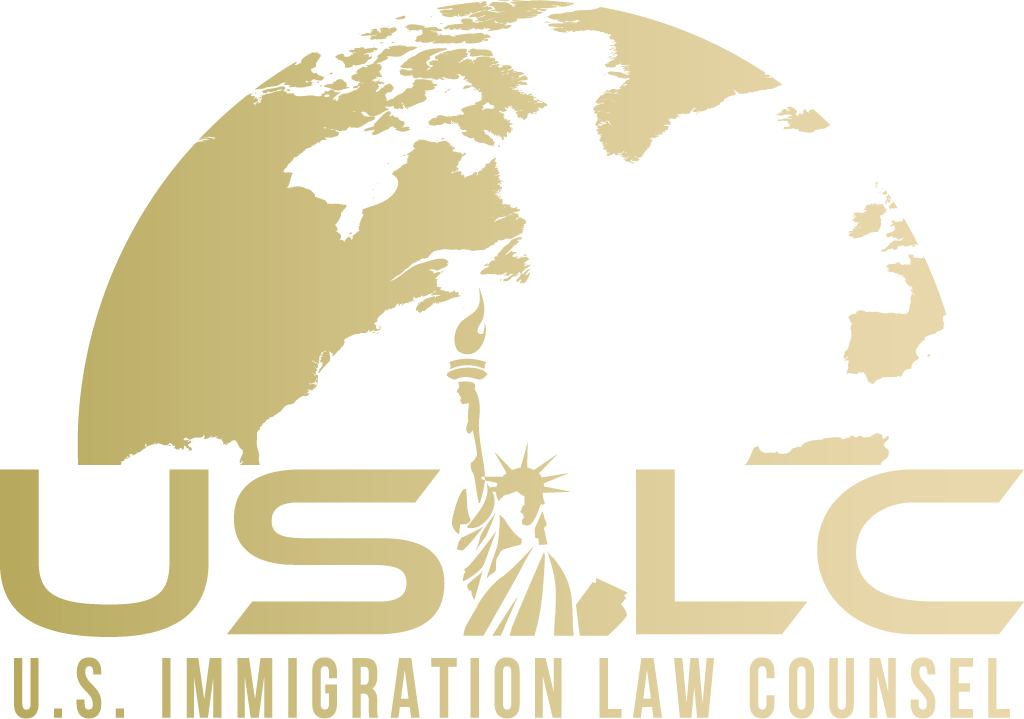If you are interested in getting a family visa, you will need to understand what an I-130 form is and how it can help you. This is a critical component in seeking US citizenship or a green card for a relative or spouse who is not in the US. In this article, we will be discussing what an I-130 form is and everything you need to understand when submitting it.
What is an I-130 Form?
The purpose of getting an I-130 form is to prove that there is a valid family relationship between a US citizen or a green card holder and a person outside of the US. It is the first step of getting a family-based visa as it acts as a petition to the USCIS. An I-130 form is also helpful for marriage or spouse visas as it can help prove that your marriage is legally valid.
Completing an I-130 form establishes your place in line when trying to get a green card for a family member or spouse outside of the US. The sooner you do this, the sooner your petition will be considered by the USCIS.
Form I-130 Eligibility
Before you start your form I-130, you need to understand who is eligible for this petition. It is designed for US citizens who want to get a family-based visa for a spouse, parent, child, or sibling. Green card holders can use this petition to start the process for their spouse or unmarried children.
Here are some examples of who is not eligible for filing a form I-130:
- A grandparent, grandchild, uncle, aunt, nephew, knees, cousin, parent-in-law, or other non-immediate relative.
- An adoptive parent or adopted child.
- A relative the USCIS has determined has married purely for immigration purposes.
- An individual who marries their spouse while they are part of any immigration court proceedings.
- A biological parent who became a green card holder or US citizen through adoption.
- A spouse if both parties were not physically present at the marriage ceremony.
- A spouse who became a green card holder through a previous marriage to a green card holder or US citizen unless they are a naturalized US citizen or have been a green card holder for five years.
What to Expect When Filing an I-130 Form
Now that you understand the role of an I-130 form for family visas, there are certain things you should expect when filing. The best option when filing a form I-130 is to do it online instead of through the mail. When you file this form online, it will be much easier to receive case alerts, upload supporting documents, see case correspondence, and check your status.
All you need to do is follow the step-by-step process outlined on the form and attach the requested documentation.
Like any kind of immigration process, it can be helpful to hire an immigration lawyer to guide you through your petition to get the best results.
Cost
One thing you need to keep in mind about this form is that it currently costs $535. This payment is not refundable even if your petition is not accepted. A tip for when you are filing your petition is to pay the amount in full. If you plan on sponsoring more than one person and filing more than one form I-130, you will have to pay this fee for each petition individually.
Processing Time
Processing times for an I-130 form vary depending on the family relationship and where you are applying from. For immediate relatives of a US citizen living abroad, the wait time is around 13 to 15 months. If the immediate relative is living in the US, the processing time is 13 to 20 months.
For immediate relatives of a US green card holder living abroad, the processing time is around 33 to 37 months. Meanwhile, if the immediate relative is living in the US, the processing time is only 13 to 20 months.
If you wish to speed up the processing time for this petition, you need to submit a strong application the first time. You can also file an expedited request with the USCIS or reach out to your congressional representative directly.
Required Documentation
When you file an I-130 form, you have to provide supporting documents to prove that you are an eligible sponsor; this includes documentation like:
- Proof of US citizenship or a green card.
- Proof that the relationship is legally valid.
- Prove that the relationship is not fraudulent.
- Proof of the nationality of the person seeking a green card.
- Proof of any name changes for the sponsor or family member, if any.
There are some situations where you may not have the required documents to support this petition. If that is the case, you can use something called secondary evidence, which is alternative documents that help to support your petition.
An example of this is if you do not have your birth certificate, which is required to show US citizenship. You can use secondary evidence such as baptismal certificates, school records, or written statements from relatives.
After Approval
Once you have received confirmation that your I-130 form is approved, your relative or spouse can apply for a green card. For immediate relatives, they may be able to apply right away after approval. If they are not immediate relatives, they may have to wait before submitting an application.
The good news is that the approval rate for I-130s is very high, so there is a good chance that your petition will be approved. The most important thing is that you submit all of the required documentation and submit the form quickly. An immigration attorney can help you do this to ensure you are approved as soon as possible.
Contact a Qualified Immigration Lawyer Today
Are you ready to fill out an I-130 form to get a family-based visa for a relative or spouse who is outside of the US? Contact us today at US Immigration Law Counsel by filling out our online form or calling us at 800-666-4996 to speak with an immigration lawyer.






